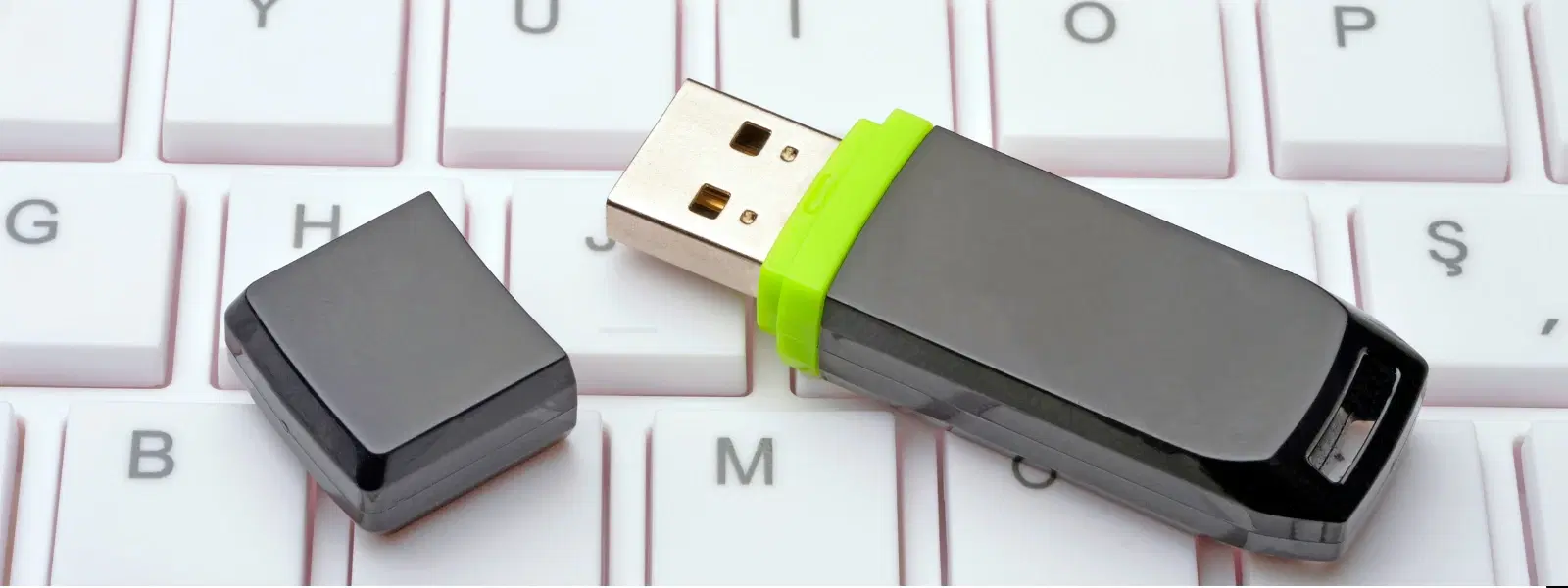
Consumer Electronics
•03 min read
Struggling with a USB drive that won’t let you modify or delete files due to write protection? You are not alone—this common issue can be resolved with a few simple steps. In the following content, we explore how to disable write protection on USB drives, from physical fixes to software methods. By the end of this post, you will have clear, step-by-step solutions and answers to frequently asked questions about write-protected USBs.
Write protection is a feature that prevents any modifications or deletion of files stored on a USB drive. This can be due to a hardware lock, system settings, file properties, or even encryption technologies. When you notice a write protection error on USB, it means you cannot change the contents until the protection is removed.
The issues may arise from several reasons. Sometimes, a built-in hardware lock is activated, or a corrupted file system triggers the restriction. At other times, registry settings or specific system policies might restrict write access. In some cases, security software or BitLocker encryption may impose write protection to safeguard your data.
Many USB drives come with a small physical lock switch. To disable write protection, carefully inspect your device for this switch and toggle it to the unlocked position. This is the easiest way to ensure that modifications are allowed on your drive.
Windows users can utilise the built-in Diskpart tool to disable USB write protection. Here is a concise guide:
Open Command Prompt as an Administrator.
Type diskpart and press Enter.
Type list disk to display all connected drives and identify your USB drive.
Select your USB drive by typing select disk X (replace X with your drive number).
Type attributes disk clear readonly and press Enter to remove the write protection.
Another effective method involves modifying the Windows Registry. Follow these steps carefully:
Open the Registry Editor by typing regedit in the Start menu.
Navigate to HKEY_LOCAL_MACHINE\SYSTEM\CurrentControlSet\Control\StorageDevicePolicies.
If necessary, create a new DWORD value named WriteProtect and set its value data to 0.
If you prefer an automated approach, consider using trusted third-party tools. These free programs can simplify how to disable write protection on USB by automatically adjusting the necessary settings without requiring manual interventions.
At times, BitLocker encryption may be responsible for locking your USB drive with write protection. To address this:
Open the Control Panel and go to the BitLocker settings.
Select your USB drive and click “Turn off BitLocker”.
After successfully removing write protection, you might find that formatting the drive is necessary. Use File Explorer to format your drive to either NTFS or FAT32, especially if the file system has become corrupted. Always check the availability of Express Delivery services for faster support with any urgent hardware needs.
Before formatting, it is vital to recover any important data stored on your device. Reliable tools like well-known data recovery software can help you retrieve data safely while you work on fixing the issues. This step ensures that your valuable files are not lost in the process.
Maintain your USB devices by avoiding malware infections, always ejecting devices safely, and periodically checking for any hardware issues. These simple practices can greatly minimise the risk of encountering write protection errors.
Occasionally, file permissions on your computer may restrict changes to files on your USB drive. Learn how to modify these permissions on Windows or Mac systems to ensure that you have unrestricted access. Understanding these nuances is key to preventing similar issues in the future.
Pro Tip: Avoid Unnecessary Formatting
Did you know? Formatting your USB drive can erase all stored data. Before formatting, always ensure that write protection is disabled and recover important files. Use reliable data recovery tools to safeguard your information.
Check for a physical lock switch on the USB drive and toggle it to the unlocked position.
Use the Diskpart tool by opening Command Prompt as an Administrator, then select your drive and type the command to clear the readonly attribute.
It could be due to software settings, registry configurations, or encryption like BitLocker. Following the steps provided can help resolve these errors.
Yes, Mac users can use Disk Utility to erase and reformat the drive while ensuring that write protection settings are disabled.
In cases where standard approaches do not work, consider using third-party write protection removal tools or seek professional assistance for hardware-level issues.
USB write protection errors can be frustrating, but with the right methods—such as examining the physical lock, using Diskpart, or adjusting registry settings—these issues can be resolved quickly and safely. With a better understanding of how to disable write protection on USB, you can enjoy smooth and unrestricted access to your files. Explore additional resources to learn more about troubleshooting consumer electronics issues and discover the benefits of integrated rewards like NeuCoins on Tata Neu for every smart shopping experience.